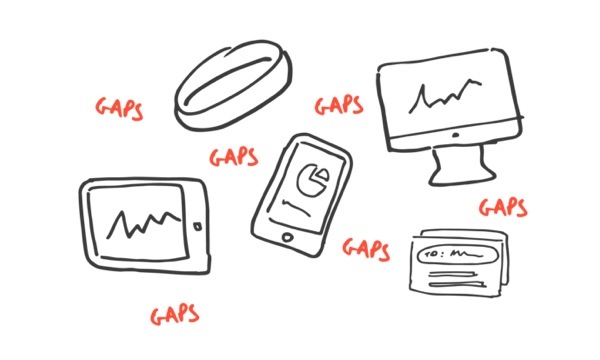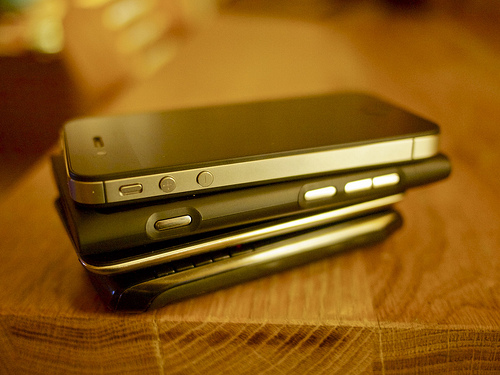Liat Ben-Zur wrote a great post for AllThingsD called Connecting Things to the Internet Does Not an Internet of Things Make. His main issue with the current crop of connected devices is lack of cross-platform integration:
Each specific device seems to connect to its particular cloud service. There isn’t really one cloud. Every manufacturer has their own cloud service, and often these clouds are closed, proprietary environments. Devices that live in their own siloed cloud cannot speak to one another, meaning they cannot benefit from the data, context or control of nearby IoT devices. That is why we currently need a separate app to control — and interface with — each connected thing we buy. This may be acceptable in the near term, but it cannot scale.
This made me think of Ian Bach’s article Designing Connected Products:
What’s more, when it comes to creating a smooth connected experience, focusing on the ‘things’ from the start can actually be somewhat of a decoy. Spend some time with any service or product that relies on data jumping from place to place and you’ll quickly realise it’s in the ‘gaps’ between things that design really matters. Problem is, gaps are easy to overlook, incredibly tough to design for and much less sexy than the ‘things’.

Image source: Ian Bach
Ian comes from a different angle, but I think these points are related. Cloud services connect the ‘gaps’ between things, but it’s incredibly hard to fill the gaps well, so most companies keep their solutions proprietary since they see it as a competitive advantage. And that’s why we’re in the situation we’re in: great physical products with reasonably ok cloud services, but because the services don’t talk to each other the products aren’t nearly as useful as they could be.
(First link via @kbaxter)


